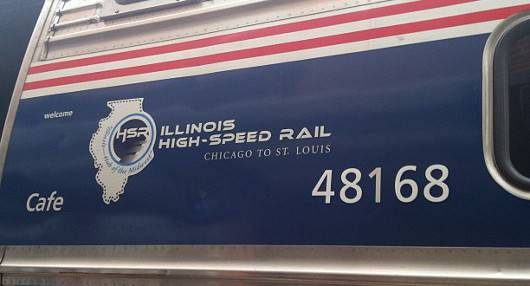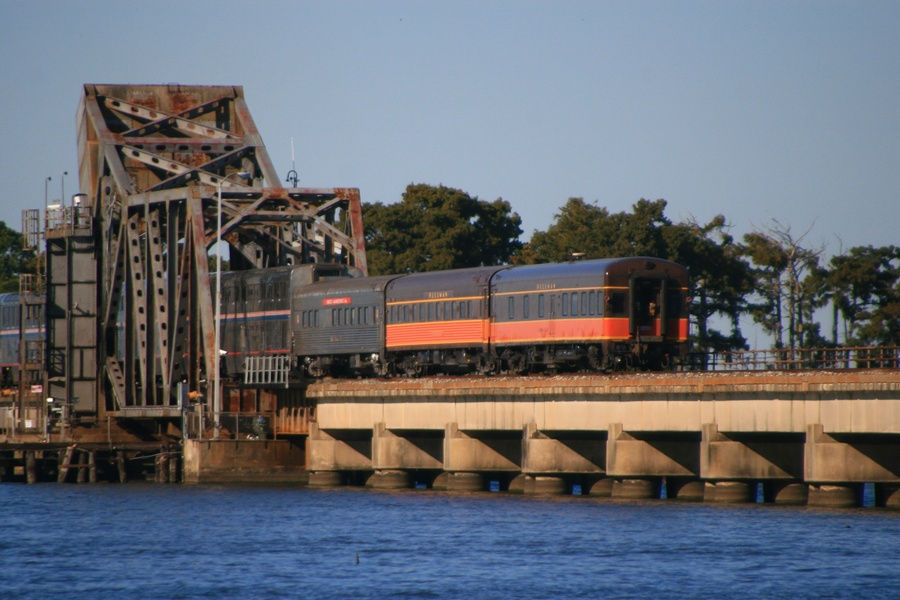Thoughts on breaking up Amtrak
- by Charles A. Turek
- Jun 28, 2016
- 3 min read
Two developments this past week got me thinking about a future configuration for America’s passenger network that does not necessarily include Amtrak as it exists today. But first, let me tell you what those two developments were. (Metropolitan lounge and opening to bidders to operate long-distance service.)

In Chicago, a new Metropolitan Lounge is opening for sleeping car passengers. There has always been one, but I would never have called it either luxurious or spacious. Previously, the lounge had simply been a place to herd the sleeping car passengers into one place and get them separated from the coach passengers out of the way of the madding crowds. The coach passengers remained self-herding in the vicinity of the boarding gate.
The second development is the potential opening of Amtrak routes to bids from private operators. Don’t do a double take. This process would be nowhere near privately owned trains run by privately owned railroads. However, it shows that Congress and, as a consequence, Amtrak are open to new ideas on how to run American passenger trains and who can run them.
Now on to my ideas about future configurations for the passenger network.

Just about every educated Amtrak observer will tell you that the Northeast Corridor is Amtrak’s core, and is where Amtrak should continue to concentrate its resources, particularly in upgrades that could bring higher speed trains to the Washington – Boston routes. But there are other corridor services, particularly those in California, Illinois, and Detroit-Chicago that could gain from becoming more of an Amtrak focus.
To this end, I am proposing the idea of Amtrak becoming a “corridor only” operation, with others, including state-supported, non-corridor intrastate, long distance, and Auto Train being spun off either to a different entity, or to outside contractors, including possibly existing freight railroads and/or commuter services. These routes would become “franchise” routes, sharing in federal subsidy or providing a portion of any profits, should that ever occur, to Amtrak’s parent corporation.
Furthermore, I am proposing the idea of a divorce of the long distance accommodation train from the coach trains, essentially creating two long distance routes for every one currently on the books. For example, the Southwest Chief may become “all-sleeper” from Chicago to Los Angeles with less stops than the current train, and the Southwest Coach Chief would travel the entire route on a longer schedule, making not just current stops but any additional stops deemed economically viable by the operating contractor based on both revenue and local subsidy for station facilities.

I know breaking Amtrak up this way would create a perceived redundancy in management where that redundancy is currently cloaked in overlaps that keep it looking like one manager is managing across some of the separations I’ve proposed. But given new equipment, think of the boost in revenue that increases in train space, hence ridership, and the greater flexibility of having two trains on each route would bring. And I know there are “cruise train” riders who would love to travel more Amtrak if they didn’t have to deal with the relaxed standards and fuller dining cars and lounges that mixing coach with sleeper trains brings.
Thus, new lounge space in an old station, and the probability of having new operators on some Amtrak routes sparks some fastball ideas. We take a swing at them and see if any of them are home runs. I can do that here in a blog. For Amtrak management, it will take a different kind of balls and more than a baseball bat to bring forth changes like these. Or any changes at all. But I'm tired of Amtrak stagnation. How about you?
©2016 – C. A. Turek – mistertrains@gmail.com
(Charles A. Turek is a writer and novelist based in Albuquerque, NM. After four decades working in areas of the insurance industry related to transportation, he now writes on all aspects of American railroading. Charles is a political conservative but believes in public funding of passenger rail as a part of the federal government’s constitutionally conservative obligation to provide for defense and public infrastructure so that private enterprise may flourish.)

![maxresdefault[1].jpg](https://static.wixstatic.com/media/cef8ab_8d4e0ddce355463e8edabd7c8937b6f6~mv2_d_2500_1406_s_2.jpg/v1/fill/w_124,h_70,al_c,q_80,usm_0.66_1.00_0.01,enc_avif,quality_auto/maxresdefault%5B1%5D.jpg)



















Comments